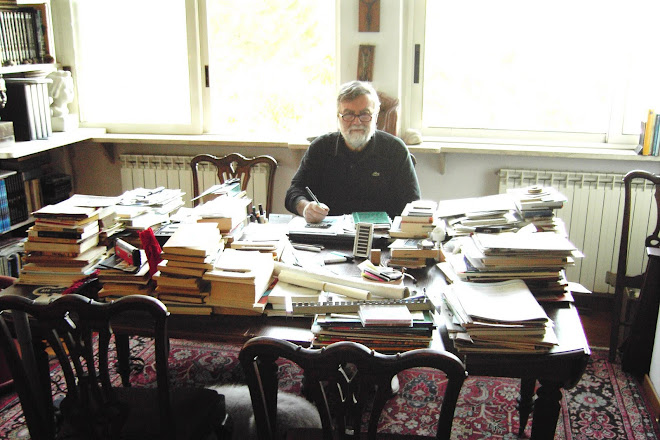casks were laid on their sides and periodically rolled to a different position; "otherwise," explains a contemporary expert, "the salt petre, being the heaviest
ingredient, will descend into the lower part of the barrel,
and the powder above will lose much of its goodness." [Illustration: Figure 17--SPANISH POWDER BUCKET (c. 1750).] In the dawn of artillery, loose powder was brought to the gun in a covered bucket, usually made of leather. The loader scooped up the proper amount with a ladle (fig. 44), and inserted it into the gun. He could, by using his experienced judgment, put in just enough powder to give
him the
range he wanted, much as our modern artillerymen sometimes use only a portion
gunners long preferred to ladle their powder. The powder bucket
or "passing box" of course remained on the scene. It was usually
large enough to hold a pair of cartridge
bags. The root of the word cartridge seems to be
"carta," meaning paper. But paper was only one of many
materials such as canvas, linen, parchment, flannel,
the "woolen stuff" of the 1860's, and even wood. Until the advent
of the silk cartridge, nothing
was entirely satisfa







Nessun commento:
Posta un commento